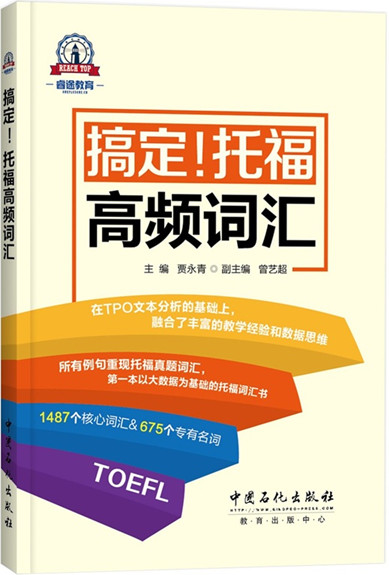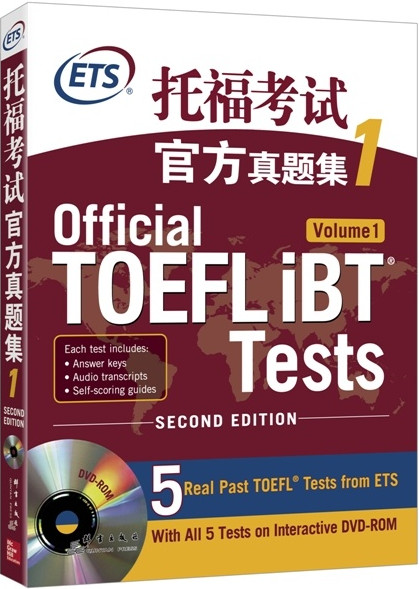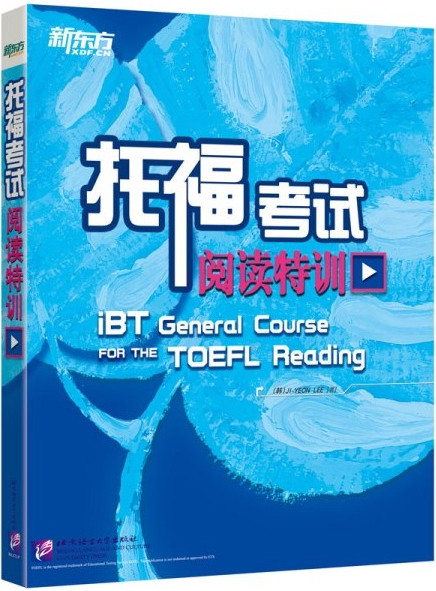ÀÀÀÀëÅ¡ÈÕæxöá݃Ȥ
ÀÀÀÀIndustrialization came to the United State after 1790 as North American entrepreneurs
ÀÀÀÀincreased productivity by reorganizing work and building factories. These innovations in
ÀÀÀÀmanufacturing boosted output and living standards to an unprecedented extent; the average per
ÀÀÀÀcapita wealth increased by nearly 1 percent per year Àˆ 30 percent over the course of a generation.
ÀÀÀÀGoods that had once been luxury items became part of everyday life.
ÀÀÀÀThe impressive gain in output stemmed primarily from the way in which workers made goods,
ÀÀÀÀsince the 1790's, North American entrepreneurs Àˆ even without technological improvements Àˆ
ÀÀÀÀhad broadened the scope of the outwork system that made manufacturing more efficient by
ÀÀÀÀdistributing materials to a succession of workers who each performed a single step of the
ÀÀÀÀproduction process. For example, during the 1820's and 1830's the shoe industry greatly expanded
ÀÀÀÀthe scale and extend of the outwork system. Tens of thousands of rural women, paid according to
ÀÀÀÀthe amount they produced, fabricated the "uppers" of shoes, which were bound to the soles by
ÀÀÀÀwage-earning journeymen shoemakers in dozens of Massachusetts towns, whereas previously
ÀÀÀÀjourneymen would have made the entire shoe. This system of production made the employer a
ÀÀÀÀpowerful "shoe boss" and eroded workers' control over the pace and conditions of labor. However,
ÀÀÀÀit also dramatically increased the output of shoes while cutting their price.
ÀÀÀÀFor tasks that were not suited to the outwork system, entrepreneurs created an even more
ÀÀÀÀimportant new organization, the modem factory, which used power-driven machines and
ÀÀÀÀassembly-line techniques to turn out large quantities of well-made goods. As early as 1782 the
ÀÀÀÀprolific Delaware inventor Oliver Evans had built a highly automated, laborsaving flour mill
ÀÀÀÀdriven by water power. His machinery lifted the grain to the top of the mill, cleaned it as it fell into
ÀÀÀÀcontainers known as hoppers, ground the grain into flour, and then conveyed the flour back to the
ÀÀÀÀtop of the mill to allow it to cool as it descended into barrels. Subsequently, manufacturers made
ÀÀÀÀuse of new improved stationary steam engines to power their mills. This new technology enabled
ÀÀÀÀthem to build factories in the nation's largest cities, taking advantage of urban concentrations of
ÀÀÀÀinexpensive labor, good transportation networks, and eager customers.
ÀÀÀÀëÅ¡ÈÕæxŸ}á¢È¤
ÀÀÀÀ1. What is the passage mainly about?
ÀÀÀÀ(A) The difficulties of industrialization in North America
ÀÀÀÀ(B) The influence of changes in manufacturing on the growth of urban centers
ÀÀÀÀ(C) The rapid speed of industrialization in North America
ÀÀÀÀ(D) Improved ways of organizing the manufacturing of goods
ÀÀÀÀ2. The word "boosted" in line 3 is closest in meaning to
ÀÀÀÀ(A) ensured
ÀÀÀÀ(B) raised
ÀÀÀÀ(C) arranged
ÀÀÀÀ(D) discouraged
ÀÀÀÀ3. The word "scope" in line 9 is closest in meaning to
ÀÀÀÀ(A) value
ÀÀÀÀ(B) popularity
ÀÀÀÀ(C) extent
ÀÀÀÀ(D) diversity
ÀÀÀÀ4. The author mentions the shoe industry in the second paragraph to provide an example of how
ÀÀÀÀ(A) entrepreneurs increased output by using an extended outwork system
ÀÀÀÀ(B) entrepreneurs used technological improvements to increase output
ÀÀÀÀ(C) rural workers responded to "shoe bosses"
ÀÀÀÀ(D) changes in the outwork system improved the quality of shoes
ÀÀÀÀ5. All of the following are mentioned as effects of changes in the shoe industry during the 1820's
ÀÀÀÀand 1830's EXCEPT
ÀÀÀÀ(A) an increase in the worker's dependence on entrepreneurs
ÀÀÀÀ(B) an increase in the wages paid to journeymen shoemakers
ÀÀÀÀ(C) a decline in the workers ability to control the speed of production
ÀÀÀÀ(D) a decrease in the price of shoes
ÀÀÀÀ6.All of the following are true of the outwork system EXCEPT
ÀÀÀÀ(A) It involved stages of production.
ÀÀÀÀ(B) It was more efficient than the systems used before 1790.
ÀÀÀÀ(C) It made many employers less powerful than they had been before.
ÀÀÀÀ(D) It did not necessarily involve any technological improvements.
ÀÀÀÀ7. The word "prolific" in line 23 is closest in meaning to
ÀÀÀÀ(A) efficient
ÀÀÀÀ(B) productive
ÀÀÀÀ(C) self-employed
ÀÀÀÀ(D) progressive
ÀÀÀÀ8. According to the passage , how did later mills differ from the mills differ from the mill built by
ÀÀÀÀOliver Evans?
ÀÀÀÀ(A) They were located away from large cities.
ÀÀÀÀ(B) They used new technology to produce power.
ÀÀÀÀ(C) They did not allow flour to cool before it was placed in Barrels.
ÀÀÀÀ(D) They combined technology with the outwork system.
ÀÀÀÀ9. The word "it" in line 25 refers to
ÀÀÀÀ(A) water power
ÀÀÀÀ(B) machinery
ÀÀÀÀ(C) grain
ÀÀÀÀ(D) mill
ÀÀÀÀ10. The passage mentions which of the following as a result of improvements in factory
ÀÀÀÀmachinery?
ÀÀÀÀ(A) It become easier for factory' owners to find workers and customers.
ÀÀÀÀ(B) Manufacturers had to employ more highly skilled workers.
ÀÀÀÀ(C) The amount of power required for factories operate was reduced.
ÀÀÀÀ(D) Factories could operate more than one engine at a time.
ÀÀÀÀ11. The word "eager" in line 30 is closest in meaning to
ÀÀÀÀ(A) wealthy
ÀÀÀÀ(B) knowledgeable
ÀÀÀÀ(C) regular
ÀÀÀÀ(D) enthusiastic
ÀÀÀÀëÅ¡ÈÕæxÇÞ¯¡È¤
ÀÀÀÀDBCAB CBBCA D
µ¢¥ø¡áü
¢¥å¤§Õ¢¥åà(n´´i)àïµû«°äÅ·¢¥årÕgÇÞŸ}Æñø¢¥å°è¢åuñøù(bi´Ào)ò(zh´°n)¢¥åê¼°äòíìMù(bi´Ào)ò(zh´°n) §äýáǵƒV਽¢¥■céÁÆ(x´Çn)ñ§¯¡
ƒïëóù]
- áÈMåŸ}
- váõíÌŸ}





